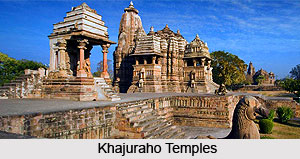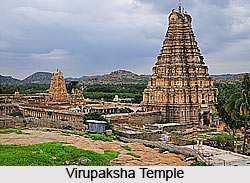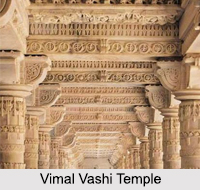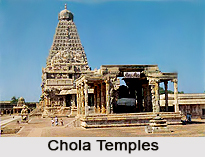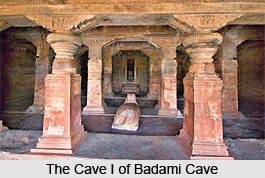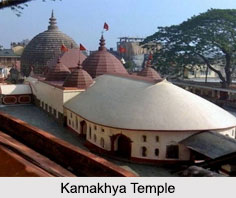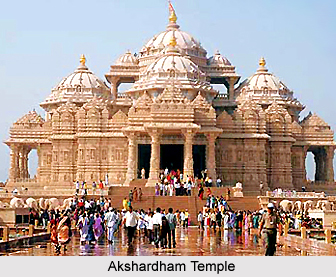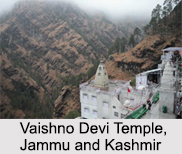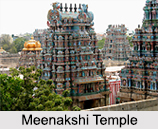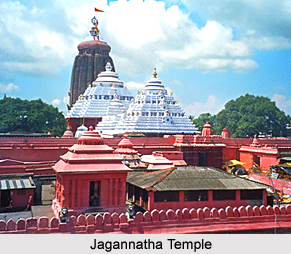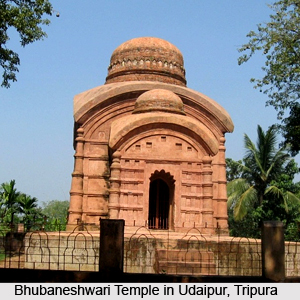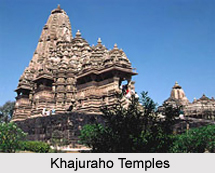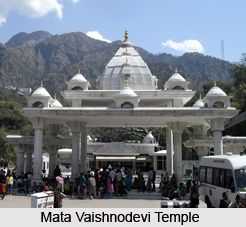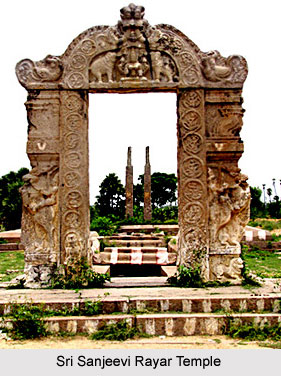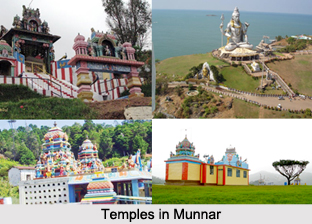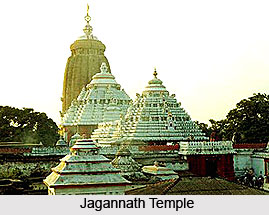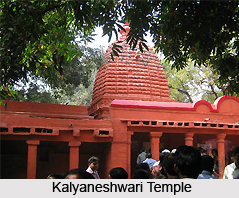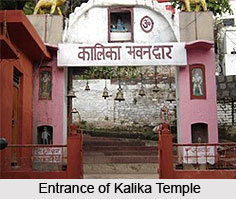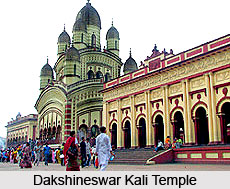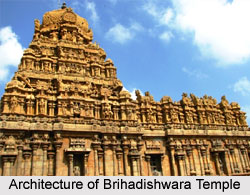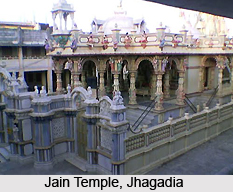 The Jhagadia Tirth has the primary idol of Shri Adinath Bhagwan in a Padmasana (seated cross-legged) position, 104cm in height. It is considered a `Moolnayak`. The underground historical idol was recovered in Veer Nirvan Samvat 2390 (VS 1921) and the carving on the idol of Chakreshwari Devi proves it to be established on Magh Shukla 10 of VS 1200 by Shri Prithvipal. These idols were reinstated in the temple built by the then king Shir Gambhirsinghji on 5th day of Margshirsh of Veer Nirvan Samvat 2397 (VS 1928). The temple was then handed over to Shri Sangh, who reanimated it once more in Veer Nirvan Samvat 2428 (VS 1959).
The Jhagadia Tirth has the primary idol of Shri Adinath Bhagwan in a Padmasana (seated cross-legged) position, 104cm in height. It is considered a `Moolnayak`. The underground historical idol was recovered in Veer Nirvan Samvat 2390 (VS 1921) and the carving on the idol of Chakreshwari Devi proves it to be established on Magh Shukla 10 of VS 1200 by Shri Prithvipal. These idols were reinstated in the temple built by the then king Shir Gambhirsinghji on 5th day of Margshirsh of Veer Nirvan Samvat 2397 (VS 1928). The temple was then handed over to Shri Sangh, who reanimated it once more in Veer Nirvan Samvat 2428 (VS 1959).
The Jain Shravaks came from Baroda to Bharuch to take control of the idols recovered from the findings here. Rana Gambheersinghji requested them to reside in his kingdom, as no Jain Sharavak was willing to live there, because handing over the findings to other state would raise a number of questions on the Rana`s kingdom. Later, he thus offered much relief to their establishment. After they agreed, Rana built a temple and all the idols were established in this very position. He finally handed over the charge of the Jhagadia Tirth to Shri Sangh after 30 years.
The Jhagadia Tirth is situated on the Bharuch-Rajpimpala route, 33 km Bharuch city. The Managing Trustee, Shri Jain Rikhabdev Maharaj ki Pedhi looks into the able administration of the temple works, and has constructed a dharamshala (rest house) and a bhojanshala (eatery).
